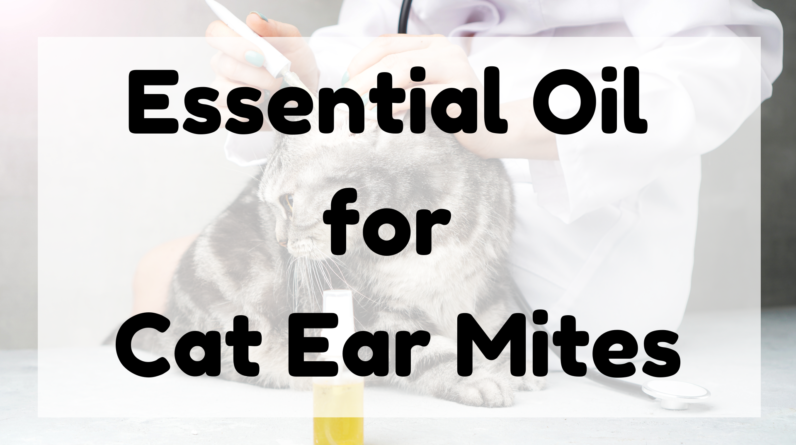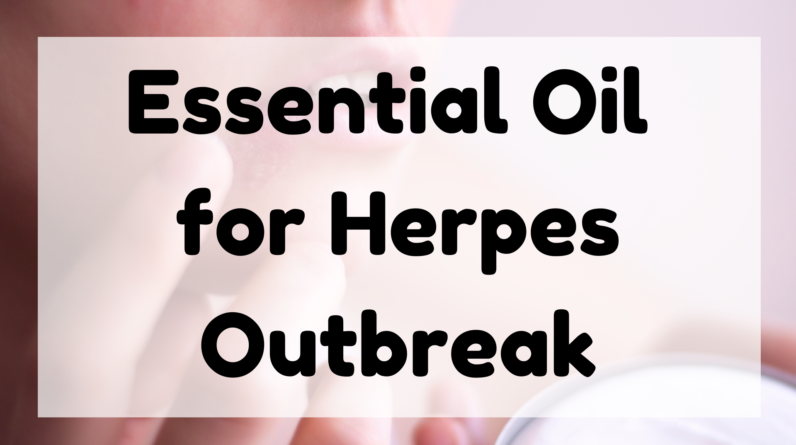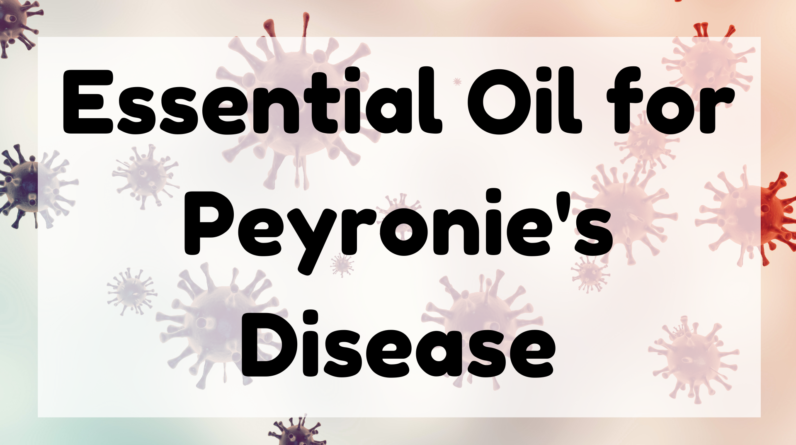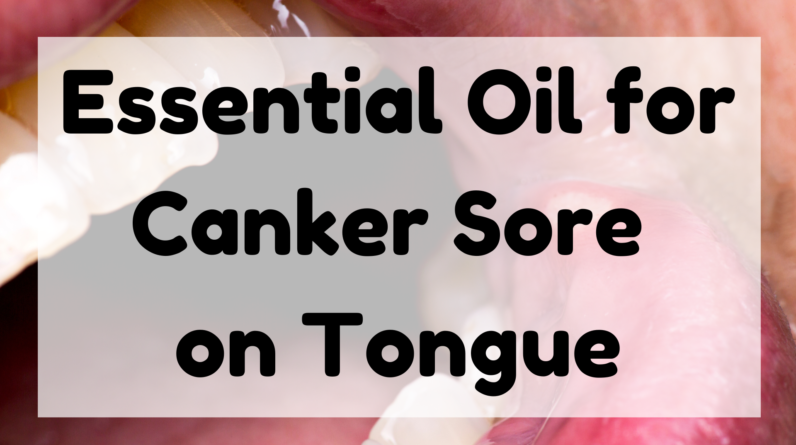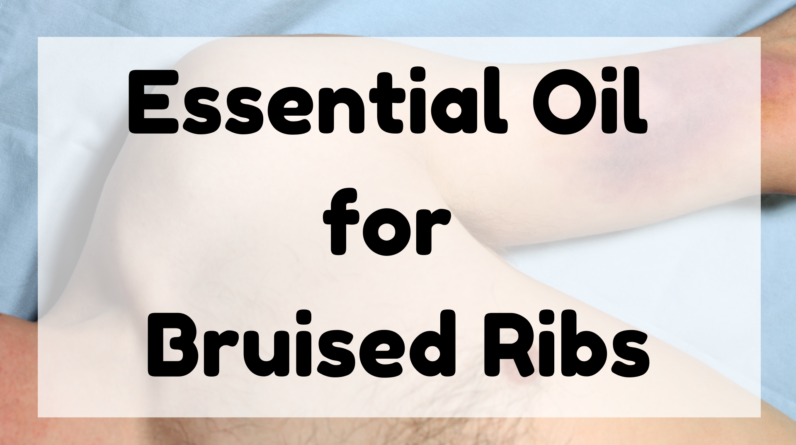Jump Ahead to:
Essential Oil For Pityriasis Rosea
Pityriasis rosea is an inflammatory skin disease that affects the relaxed skin.
People with light skin develop a pinkish rash and those with darker skin tend to develop gray, black, or brown patches.
It is also dangerous to women because it can cause miscarriage or premature delivery.
What are Essential Oils
Tea tree oil is especially helpful, because of its antimicrobial and anti-inflammatory properties.
Using it twice a day on the affected area can help soothe the inflammation and itching.
Coconut oil is another excellent carrier oil that can help alleviate symptoms and speed up the healing process.
Coconut oil is an excellent moisturizer, as it contains medium-chain fatty acids that help to reduce itchiness and inflammation.
Coconut oil is also anti-viral and anti-bacterial.
Apply it directly to the affected area to prevent the skin from drying out.
Although the exact cause of pityriasis rosea is unknown, it is believed to be caused by a viral infection.
As a result, it is difficult to prevent from occurring.
It is important to visit a doctor as soon as symptoms appear so that they can be managed or prevented.
Most cases of pityriasis rosea are harmless and don’t require treatment.
Most patients will simply need counseling to understand the natural course of the disease.
Using topical creams and over-the-counter antihistamines can help with the itching, but it’s important to understand that these methods will not cure the condition.
Essential oils can also be added to a water mixture for relief from itching and swelling.
In addition to using essential oils, people who suffer from the condition should also consult a doctor for a proper diagnosis.
Properties of Essential Oils
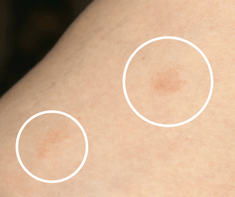
Although pityriasis rosea is a self-limiting condition that does not require aggressive treatment, some people find it hard to live with the itching and waiting.
Fortunately, some natural remedies have been proven effective for the condition, and have even been backed by conventional medicine.
Essential oils are a great way to soothe the skin and accelerate the healing process.
Some oils are known to have anti-inflammatory and antimicrobial properties, making them perfect for the condition.
Using tea tree oil or calendula oil can help reduce the redness and inflammation.
The oils can also encourage the growth of the top layer of skin and heal the condition quickly.
Lavender oil is also an excellent choice, as it has a soothing effect on the skin.
Essential oils are highly concentrated extracts of raw plants.
They are sometimes sold as pure essential oils or in diluted form in a carrier oil.
They are usually extracted through steam distillation, water distillation, or cold pressing.
When used, they can be inhaled or applied topically.
Coconut oil can help soothe the rash. Massage it gently over the affected area.
However, don’t apply too much oil, as it may aggravate the condition.
Another good home remedy is to apply aloe Vera gel to the affected area.
This cool, hydrating gel can be applied several times a day to the affected area.
Pityriasis rosea is often misdiagnosed as secondary syphilis, eczema, or psoriasis.
It is important to consult with a doctor to ensure a correct diagnosis.
It is common for doctors to order diagnostic tests to make sure the condition is caused by a virus.
Essential oils may improve dry skin, which is a common side effect of eczema.
They may also reduce the symptoms of chronic itchy skin known as chronic pruritus.
However, it should be noted that some essential oils may cause allergic reactions, so make sure you avoid them.
Aside from essential oils, there are also many home remedies for pityriasis rosea.
Although natural remedies are effective for reducing the itching, some people find the itch is too much to bear and must resort to stronger remedies.
Cause of Pityriasis Rosea
A typical rash of pink or tan spots on the skin is the hallmark of pityriasis rosea.
If it lasts more than a few weeks, it may be necessary to see a dermatologist to rule out a more serious skin condition.
Pityriasis rosea usually resolves on its own within two to three months.
If the rash persists or worsens, you may need to take anti-histamines or visit a dermatologist.
This skin rash may start as a large circular or oval patch and gradually develop into smaller pink patches.
The skin rash may appear on different parts of the body, including the tummy and upper back, but generally occurs on the chest.
It is usually not contagious and usually goes away on its own.
The cause is not clear, although it may be a virus or bacteria.
In some people, the rash may be preceded by a cold or flu.
While the cause of pityriasis rosea is not fully understood, it is believed to be caused by a virus infection.
However, it is distinct from the herpes virus that causes cold sores.
Symptoms of pityriasis can be difficult to diagnose, but a skin biopsy can help differentiate it from other rashes.
Pityriasis rosea is a viral disease that usually affects young people, though it can affect people of all ages.
It typically appears as a rash on the upper body and can last anywhere from one to two months.
Symptoms of pityriasis rosea are not easily recognizable, but the rash may be raised or scaly and appear anywhere on the body.
Although there is no proven cause, there are various treatments for pityriasis rosea.
Treatment options can include topical creams, steroid creams, and oral antihistamines.
If the rash becomes very severe, a skin biopsy may be taken to determine its cause.
Various drugs and vaccines have been linked to pityriasis rosea.
Some of these include the BCG vaccine and the H1N1 vaccine.
Pneumococcus vaccine is another potential cause of pityriasis rosea.
Best Essential Oil for Pityriasis Rosea

Essential oils are a great option for people who suffer from pityriasis rosea.
These oils can help relieve the skin’s irritation and accelerate the healing process.
Tea tree oil, for example, has anti-microbial and anti-inflammatory properties.
Applying this oil to the affected area three times per day will help soothe the redness and encourage the growth of the top layer of skin.
You can also apply calendula oil to the affected area.
Plantain leaf is another great choice as it is a natural astringent and emollient.
Pityriasis rosea is an itchy skin condition that develops on the face or body.
It typically starts as a single large scaly patch, measuring two to ten centimeters in diameter.
It may progress to a series of smaller, oval-shaped patches.
These patches can occur on the arms, shoulders, and chest.
Pityriasis rosea tends to be a viral infection that attacks the skin.
While the cause of this condition is not entirely clear, it is generally contagious.
It’s difficult to prevent, though, because the rash is so visible.
Pityriasis rosea is a condition that affects a variety of people.
If it’s left untreated, it can lead to a miscarriage or premature delivery of the baby.
You can treat pityriasis rosea with an essential oil such as comfrey.
This herb contains a therapeutic compound called allantoin, which has astringent and anti-inflammatory effect.
It may also help treat a viral infection and speed up the healing process.
If you suspect that you have pityriasis rosea, consult a doctor.
Most cases will clear up by themselves.
However, you should be careful if you try home remedies.
You may be causing the condition to flare up more.
Pityriasis rosea is an itchy, red skin rash that can appear in patches throughout the body.
It is commonly known as “Christmas tree rash.” There are different stages of pityriasis rosea.
Initially, the first patch appears and then it spreads to various locations.
The rash then clears up after eight to ten weeks. Antihistamines can help reduce the itchiness.
In addition to antihistamines, you can also take UVB light therapy.
While there is no cure for pityriasis rosea, it can be managed at home with lifestyle changes and home remedies.
For instance, oatmeal bath and calamine lotion can be helpful.
NEXT Essential Oil for Peyronie’s Disease
Legal and Medical Disclaimer
Information provided on the site is for educational purposes only, and does not substitute for professional medical advice.
You MUST consult a medical professional or healthcare provider if seeking medical advice, diagnoses, or treatment.
We do not provide any medical advise.



